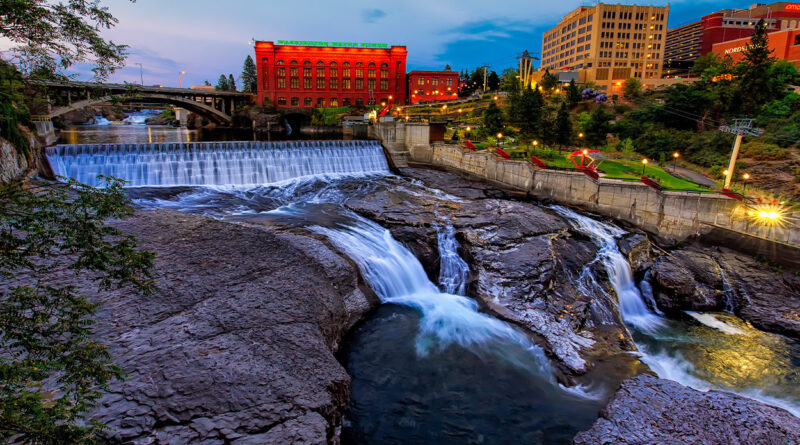History Of Spokane Washington
Spokane is a city located in the eastern part of the state of Washington, United States. It is the second-largest city in the state, with a population of approximately 222,000 people. The history of Spokane dates back to the mid-19th century when it was inhabited by various Native American tribes. Over time, it has grown to become a thriving city, with a rich cultural heritage and a diverse economy.
Native American History
The Spokane area was home to several Native American tribes, including the Spokane, Kalispel, and Coeur d’Alene. The Spokane tribe lived along the Spokane River and were known for their fishing and hunting skills. The Kalispel tribe lived in the Pend Oreille River valley, and the Coeur d’Alene tribe lived in the Lake Coeur d’Alene area.
The arrival of Europeans to Spokane WA
In the early 1800s, European explorers began to explore the Spokane area. In 1805, the Lewis and Clark expedition passed through the area, and in 1810, the Pacific Fur Company established a trading post on the Spokane River. This trading post became an important center for the fur trade in the region, and it attracted many European settlers to the area.
In 1871, the Northern Pacific Railroad completed its line through Spokane, which led to a significant increase in population and economic activity. In 1881, Spokane was incorporated as a city, and it continued to grow rapidly in the following decades.
The Great Fire
On August 4, 1889, a devastating fire swept through downtown Spokane, destroying much of the city. The fire was started by a faulty chimney in a woodworking shop, and it quickly spread to other buildings. Despite the efforts of firefighters, the fire burned for several hours, destroying over 30 city blocks and causing millions of dollars in damage. However, the fire also provided an opportunity for the city to rebuild and modernize, and many of the new buildings constructed after the fire are still standing today.
The Growth of Spokane WA
In the early 20th century, Spokane became a hub for the mining industry. The region around Spokane was rich in minerals, including gold, silver, and lead, and many mining companies established their headquarters in the city. In addition to mining, Spokane also became a center for agriculture, transportation, and manufacturing. Many factories and mills were built in the area, providing jobs and boosting the local economy.
The Expo ’74 World’s Fair
In 1974, Spokane hosted the Expo ’74 World’s Fair, which attracted over 5 million visitors from around the world. The fair was focused on environmental themes and featured exhibits on recycling, alternative energy sources, and environmental conservation. The fair was a significant event for the city, and it helped to put Spokane on the map as a major tourist destination.
Recent Spokane WA History
In recent years, Spokane has continued to grow and thrive. The city has become known for its vibrant arts scene, with many galleries, theaters, and museums located in the downtown area. Spokane is also home to several universities and colleges, including Gonzaga University and Eastern Washington University, which provide educational opportunities for residents and attract students from around the world.
Conclusion
The history of Spokane is rich and varied, with influences from Native American culture, European exploration and settlement, and industrial development. Today, Spokane is a thriving city with a diverse economy, a vibrant arts scene, and a strong sense of community. As the city continues to grow and evolve, it is sure to remain an important cultural and economic center in the Pacific Northwest region of the United States.
Discover more from City Towner
Subscribe to get the latest posts sent to your email.




